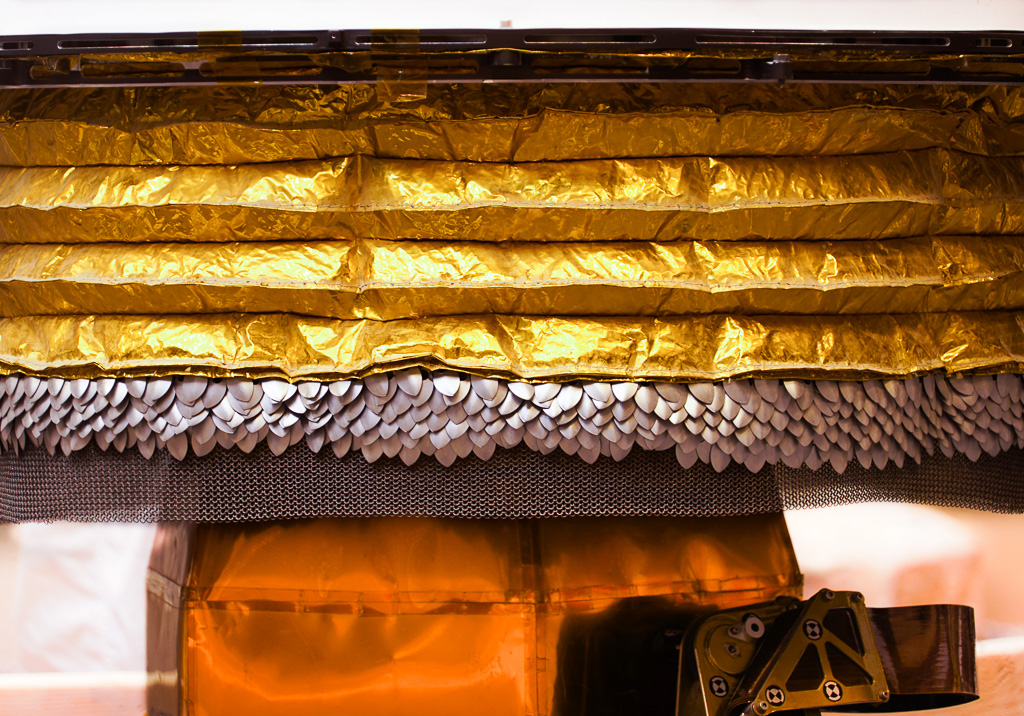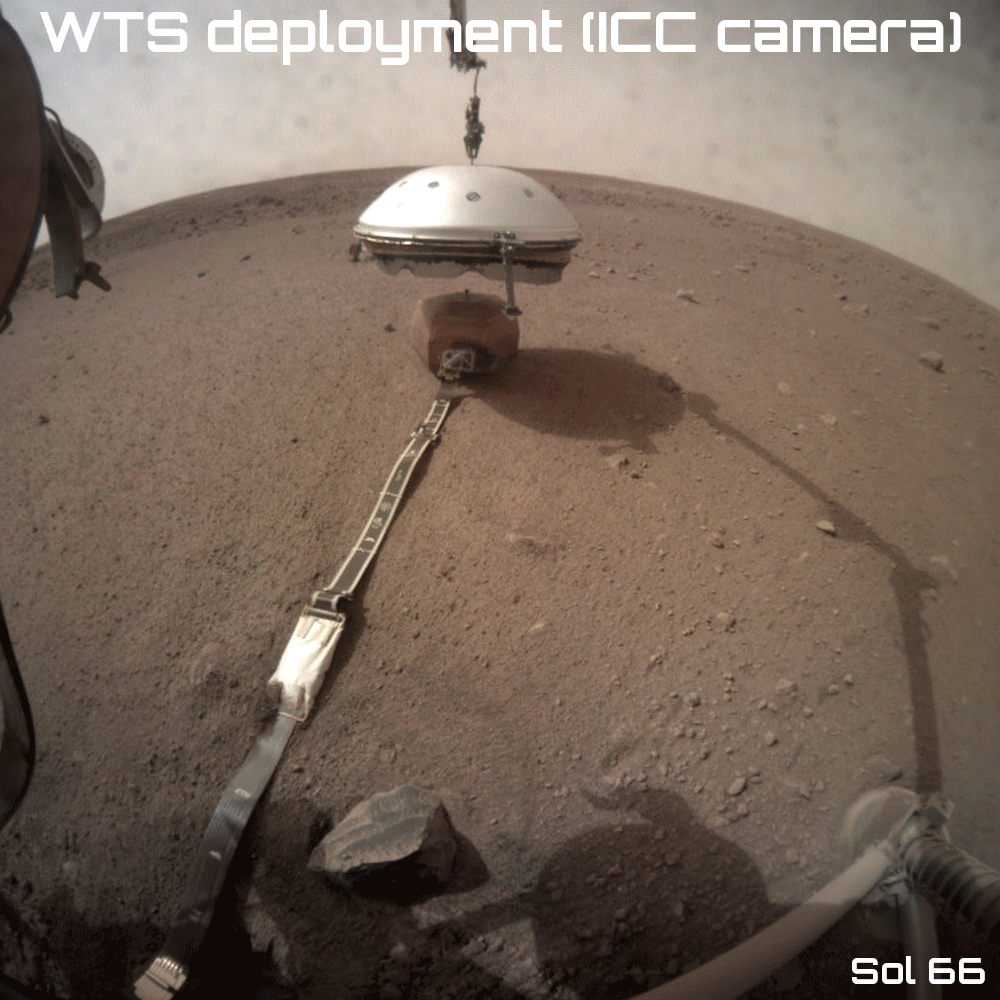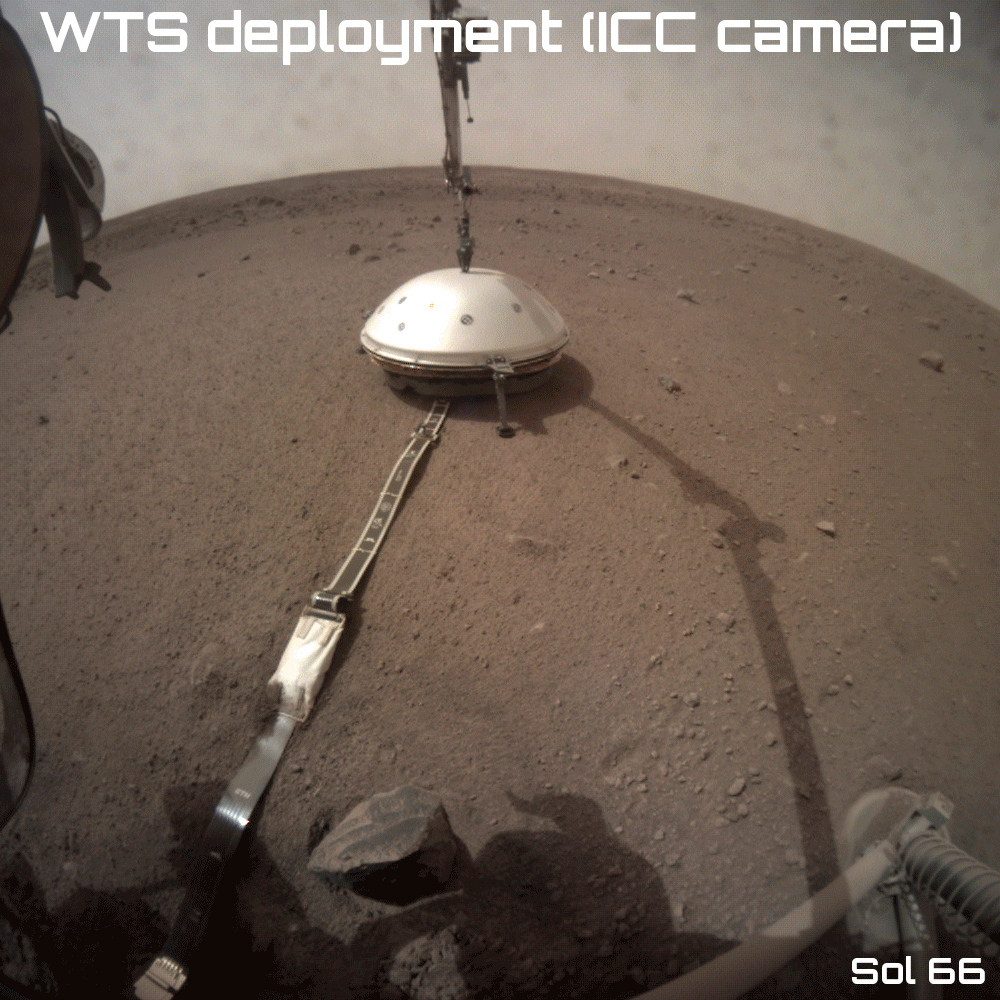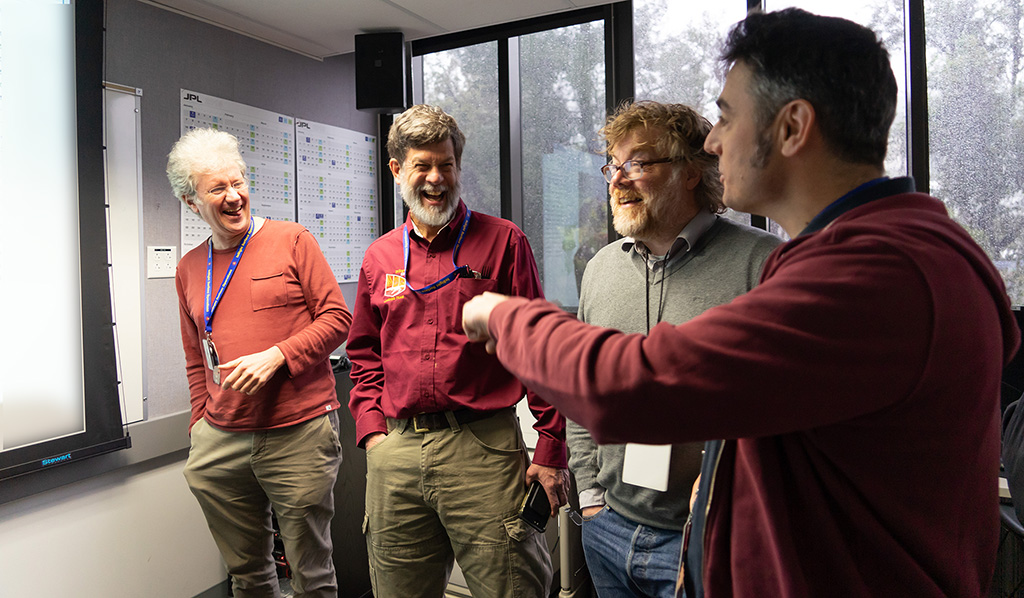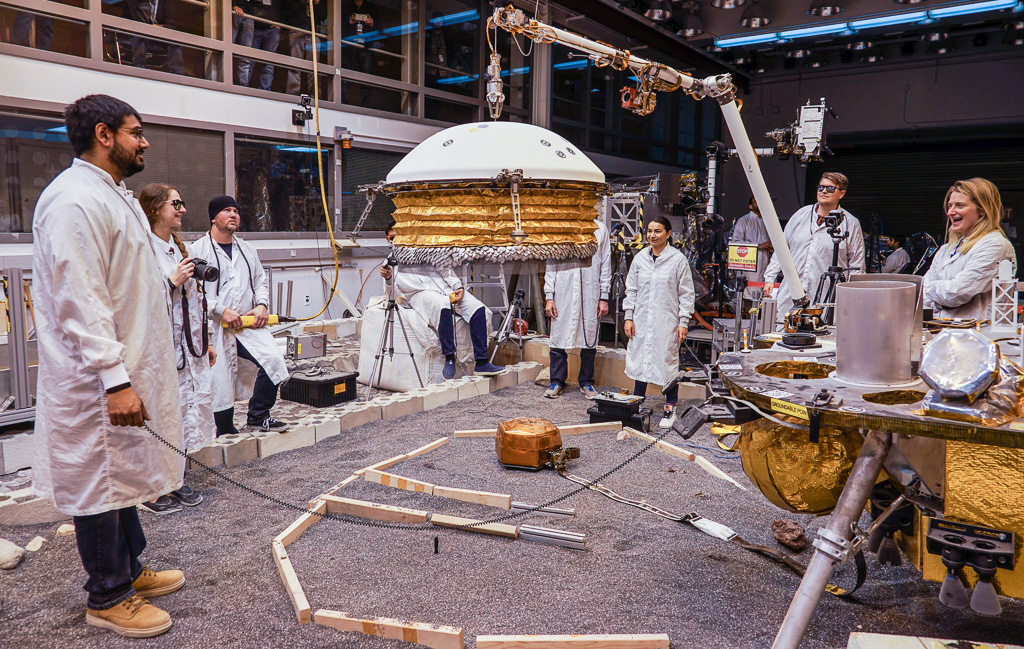Removal of wind and heat shield
On Mars, deployment operations for the WTS wind and heat shield began just after the SEIS seismometer service loop was fully opened on sol 61.
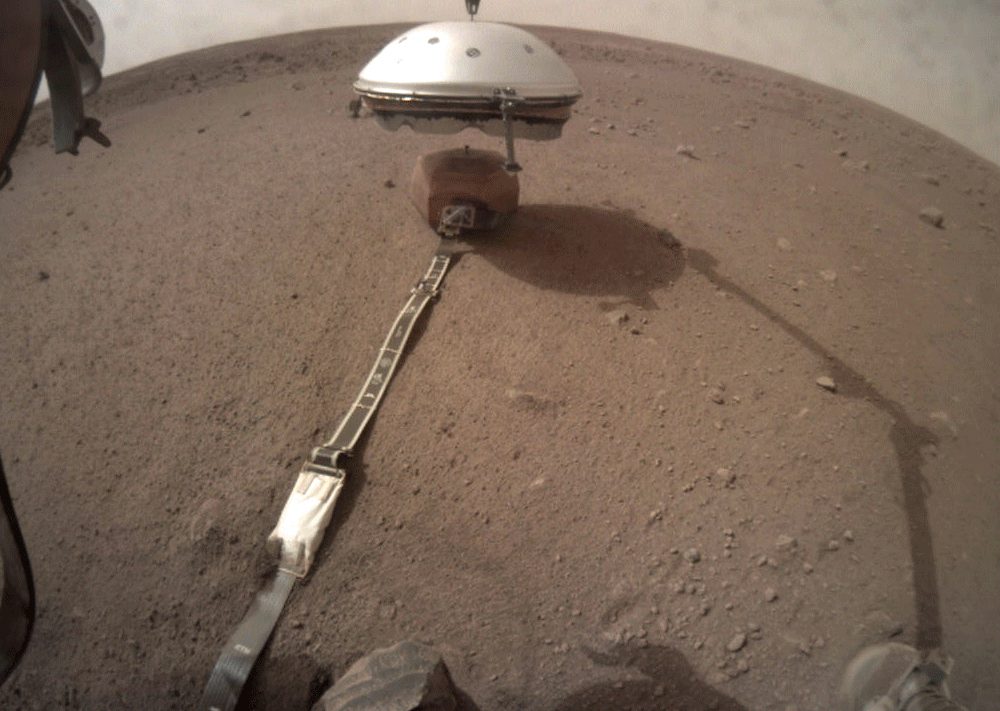
Publication date: 02/02/2019
General public, Press, Research
Related observatories : InSight Observatory
Related themes : Earth and Planetary Interiors




